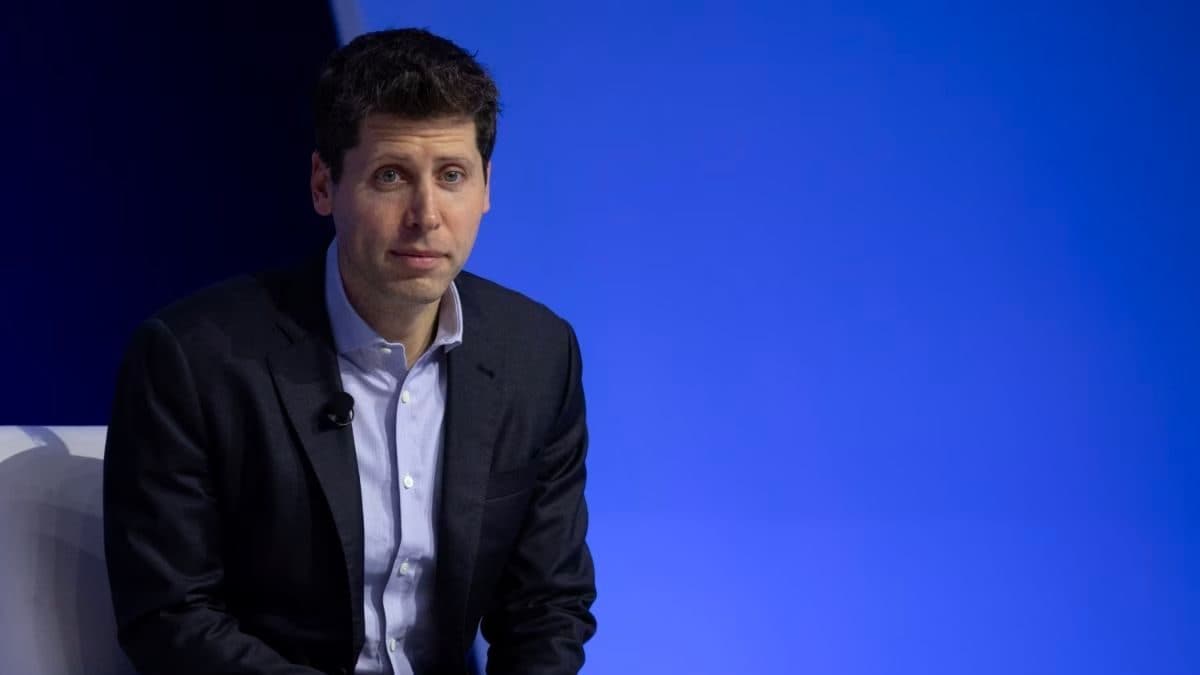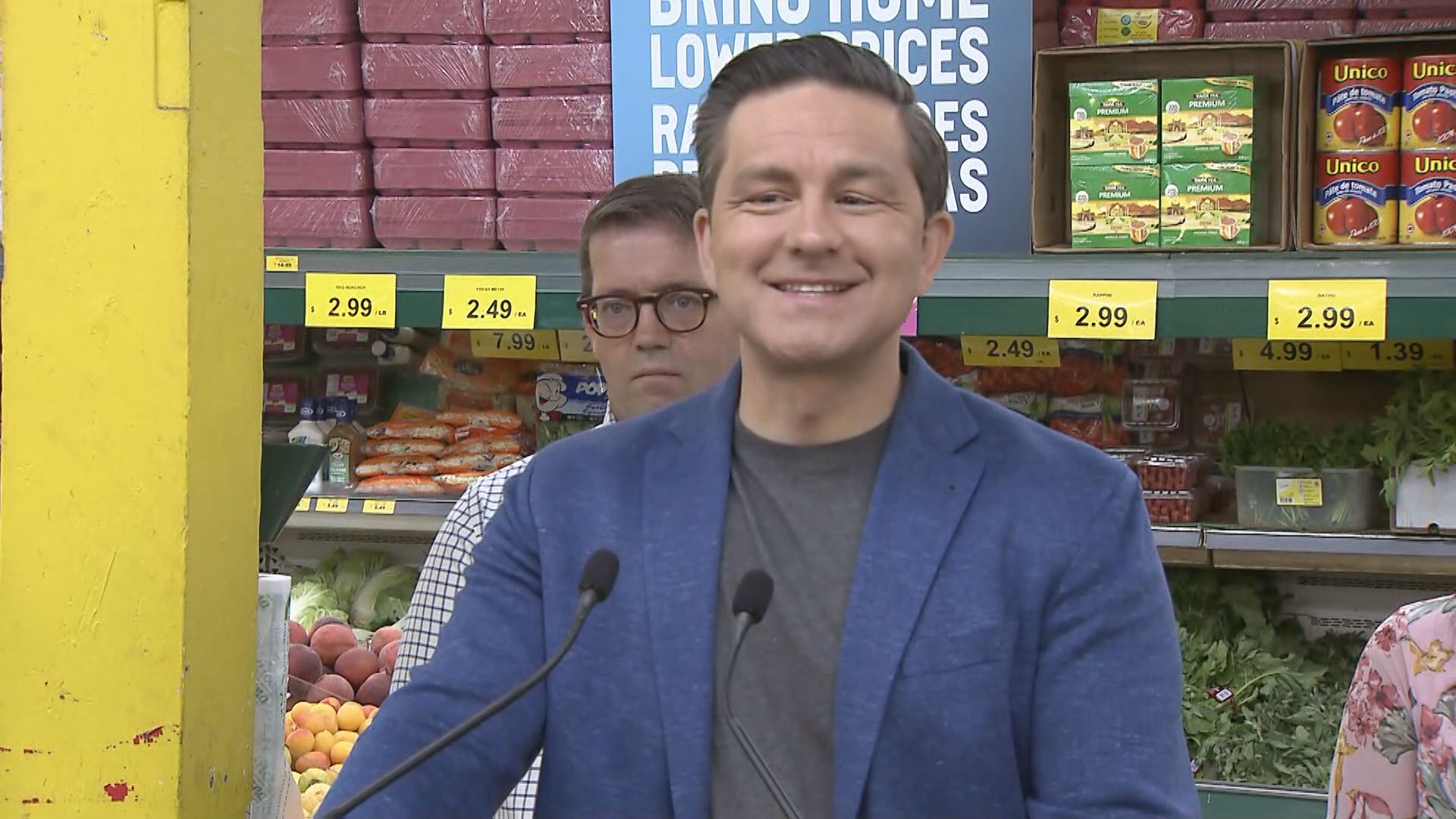Is The AI Partnership Between Altman And Nadella Fracturing?

Table of Contents
The Growing Competition in the AI Market
The explosive growth of the AI market has created intense competition. Both Microsoft and OpenAI are major players, vying for dominance in crucial areas like generative AI and cloud computing services. This inherent competition could significantly strain the partnership. The race to develop and deploy cutting-edge AI technologies, including advanced large language models, is fierce. Every advancement, every new feature, and every successful deployment impacts market share and overall influence. This competitive landscape puts pressure on both companies to prioritize their individual goals, potentially leading to disagreements and conflicting strategies.
- Microsoft's Azure cloud is integral to OpenAI's operations, creating a dependency. This dependency gives Microsoft considerable leverage, influencing OpenAI's strategic decisions and potentially limiting its flexibility.
- Other tech giants are rapidly developing their own AI capabilities, increasing pressure. Companies like Google, Amazon, and Meta are investing heavily in AI research and development, creating a highly competitive environment that pushes Microsoft and OpenAI to constantly innovate and maintain their market position.
- Competition for talent in the AI sector is fierce, potentially causing conflicts of interest. Attracting and retaining top AI researchers and engineers is a major challenge, and competition for this limited talent pool can lead to conflicts of interest and internal struggles within the partnership.
Financial Stakes and Investment Returns
Microsoft's substantial investment in OpenAI demands significant returns. If OpenAI's profitability lags behind expectations, pressure on the partnership could increase dramatically. The financial implications are paramount, influencing every decision made by both companies. The success of the partnership is intrinsically linked to the financial success of OpenAI and the return on Microsoft's investment.
- Microsoft's financial investment is substantial, influencing strategic decisions. This significant investment gives Microsoft considerable influence over OpenAI's strategic direction, potentially leading to disagreements on product development and market strategies.
- OpenAI's path to profitability and the return on Microsoft's investment are key factors. The pressure to generate revenue and demonstrate a strong return on investment will undoubtedly shape the decisions made by both companies, possibly creating friction if their goals diverge.
- Differing visions on monetization strategies could lead to disagreements. OpenAI and Microsoft may have different ideas on how to effectively monetize OpenAI's technologies, leading to conflicts and disagreements that could test the strength of their partnership.
Strategic Differences and Diverging Visions
Despite their initial alignment, diverging visions on the future direction of AI development, ethical considerations, and open-source versus closed-source approaches could create significant tension. These differences in philosophy and approach could ultimately undermine the partnership.
- OpenAI's commitment to responsible AI development may clash with Microsoft's market-driven approach. While OpenAI emphasizes responsible AI development and ethical considerations, Microsoft's primary focus is on market dominance and maximizing profits. This fundamental difference in priorities can lead to strategic conflicts and disagreements on product development and deployment.
- Disagreements on technology roadmap priorities and future product development. Both companies may have different ideas about the future direction of AI research and development, leading to disagreements on technology roadmap priorities and product development.
- Differing perspectives on the role of open-source contributions in AI advancement. OpenAI's history with open-source initiatives may clash with Microsoft's preference for closed-source solutions and proprietary technologies.
The Impact of ChatGPT's Success (and its Challenges)
The phenomenal success of ChatGPT presents both opportunities and challenges. The immense scalability demands and infrastructure requirements could significantly strain the partnership. The unexpected explosion in popularity of ChatGPT has brought both unprecedented success and significant logistical hurdles.
- Balancing the rapid growth of ChatGPT with the maintenance of infrastructure is a significant hurdle. The sudden surge in user demand has stretched the limits of the infrastructure supporting ChatGPT, highlighting the challenges of scaling AI technologies to meet rapidly increasing demand.
- The computational costs associated with running ChatGPT at scale are substantial. The sheer cost of running such a powerful AI model at scale is a major consideration, potentially creating financial pressures and impacting the profitability of the partnership.
- Managing user expectations and addressing concerns about misuse and ethical implications. The widespread use of ChatGPT has highlighted concerns about misuse, bias, and ethical implications, requiring both companies to invest significant resources in mitigating these risks.
Conclusion
The Altman-Nadella AI partnership, while groundbreaking and highly successful, faces potential challenges stemming from increased market competition, financial pressures, strategic differences, and the complexities of managing the phenomenal success of ChatGPT. These factors warrant careful observation as they could ultimately impact the future trajectory of this crucial collaboration. The seemingly unbreakable bond between these two tech giants is now facing a critical juncture.
Call to Action: The future of this pivotal AI partnership remains uncertain. Stay informed about the latest developments and the potential fracturing of the Altman-Nadella alliance by following our blog for regular updates on the evolving landscape of AI collaboration. Continue the discussion: Is the AI partnership between Altman and Nadella truly fracturing? Share your insights in the comments below!

Featured Posts
-
 Romance Drama Tv Shows Guaranteed To Surprise You 10 Plot Twist Picks
Apr 30, 2025
Romance Drama Tv Shows Guaranteed To Surprise You 10 Plot Twist Picks
Apr 30, 2025 -
 Conservative Leader Poilievre Suffers Election Setback Cbc Reports
Apr 30, 2025
Conservative Leader Poilievre Suffers Election Setback Cbc Reports
Apr 30, 2025 -
 Gillian Anderson On Returning To The X Files Fears And Excitement
Apr 30, 2025
Gillian Anderson On Returning To The X Files Fears And Excitement
Apr 30, 2025 -
 Asparagus A Deep Dive Into Its Health Benefits
Apr 30, 2025
Asparagus A Deep Dive Into Its Health Benefits
Apr 30, 2025 -
 Patients Mal Informes Litiges Apres Chirurgie Des Hemorroides En Franche Comte
Apr 30, 2025
Patients Mal Informes Litiges Apres Chirurgie Des Hemorroides En Franche Comte
Apr 30, 2025
